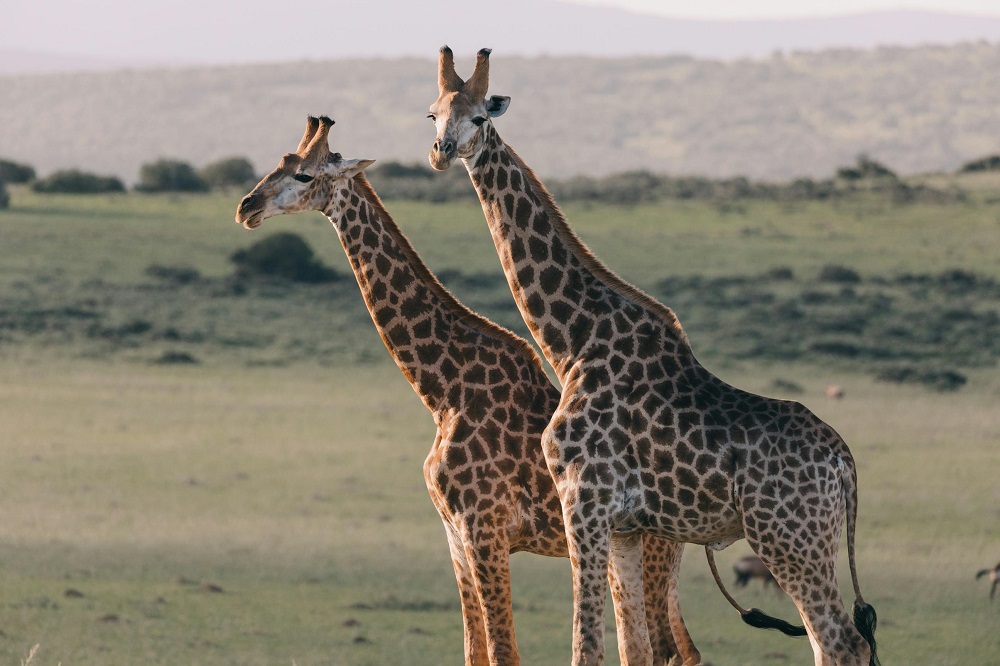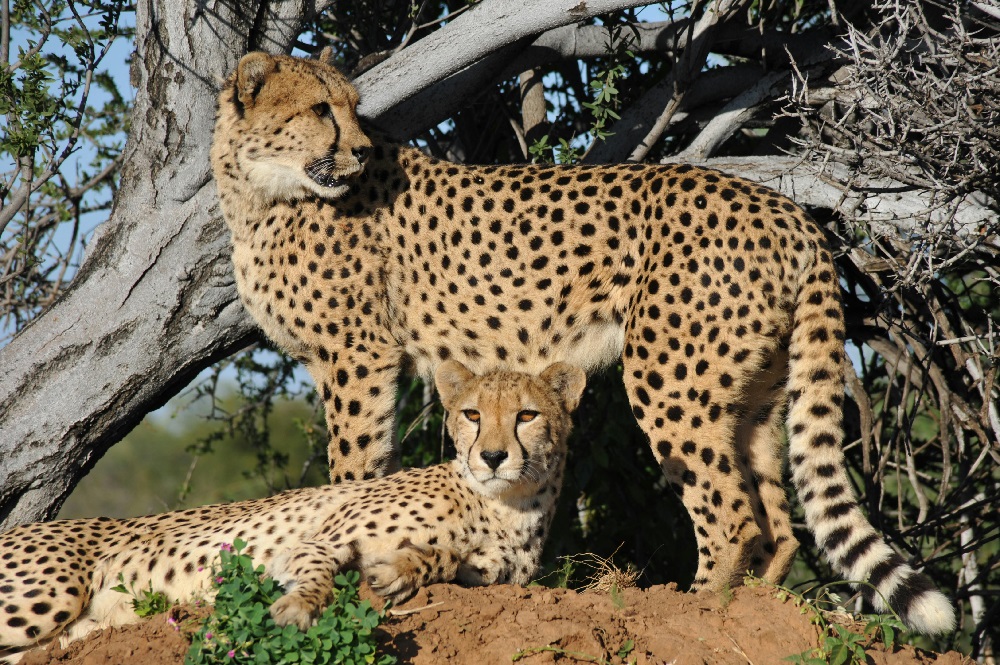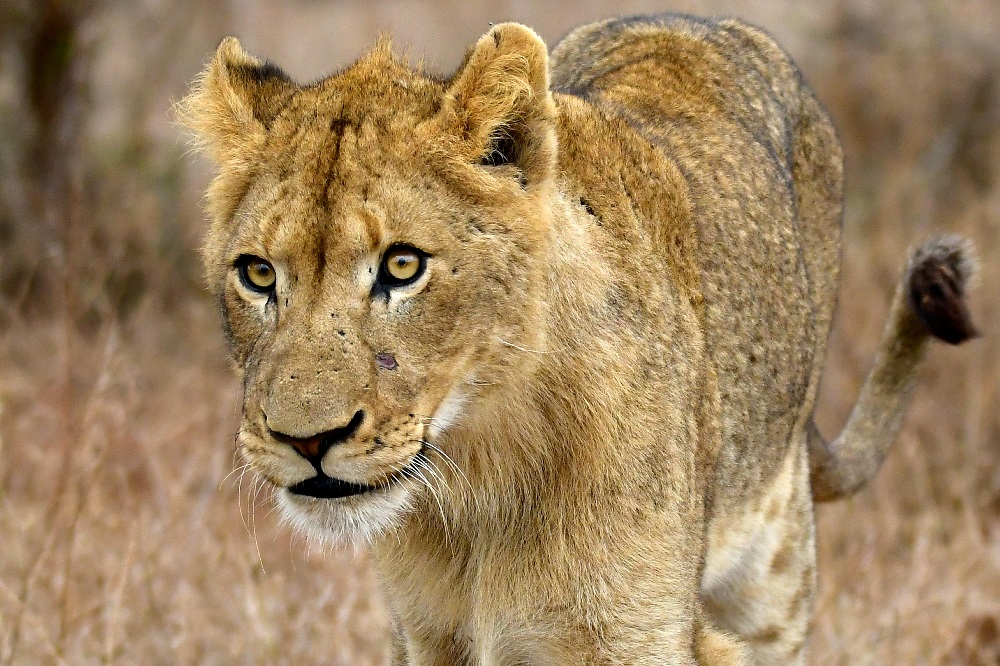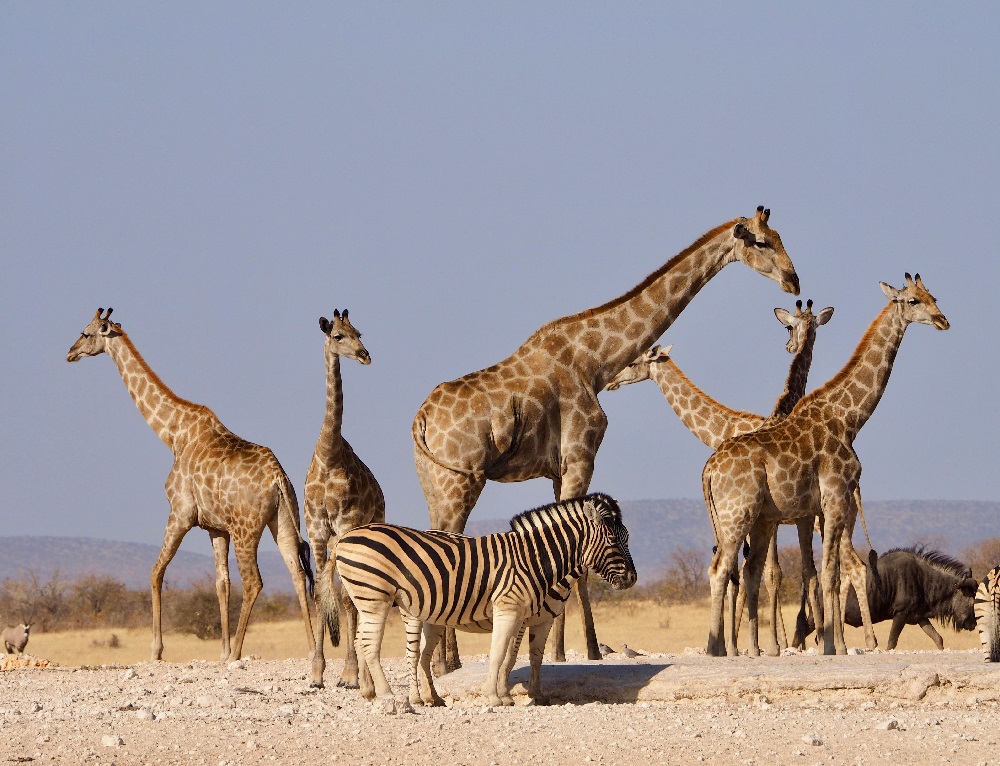When travelers plan a safari in Tanzania, they often wonder whether to visit the Serengeti or the Ngorongoro Crater. Both destinations are world-famous for their wildlife and landscapes, but they offer very different safari experiences. Understanding these differences can help you decide which place fits your dream trip best—or better still, why combining both into one itinerary might give you the perfect African adventure.
The Serengeti is an enormous ecosystem that stretches for nearly 30,000 square kilometers, offering endless savannahs filled with wildlife. It is home to the Great Migration, one of the most breathtaking natural events on Earth. The Ngorongoro Crater, on the other hand, is a unique volcanic caldera that serves as a natural enclosure for wildlife. It is smaller than the Serengeti, but its high concentration of animals makes it one of the best safari spots in Africa.
Let us explore in detail the differences between these two destinations, looking at their wildlife, landscapes, costs, and unique experiences.
Can You See Kilimanjaro from Ngorongoro?
Mount Kilimanjaro is the highest peak in Africa and one of the world’s most iconic mountains. Many visitors want to know whether it is visible from the Ngorongoro Crater. The answer is that while the Serengeti does not provide views of Kilimanjaro, the Ngorongoro region occasionally does. On clear days, certain viewpoints around the crater rim offer glimpses of the snow-capped peak in the distance. This makes Ngorongoro special because you can enjoy both the crater’s wildlife and the sight of Africa’s tallest mountain in one trip. However, Kilimanjaro is better seen from Amboseli National Park in Kenya or from the base towns like Moshi and Arusha in Tanzania.
Which is Better, Serengeti or Ngorongoro?
Choosing between Serengeti and Ngorongoro depends on what kind of safari you want. The Serengeti is ideal for travelers who want to experience the drama of the Great Migration, where millions of wildebeest, zebras, and gazelles move across the plains in search of fresh grass. This event, often followed by predators like lions and crocodiles, creates some of the most thrilling wildlife scenes on the planet. The Serengeti also has vast open landscapes that make you feel like you are in an endless wilderness.
Ngorongoro, by contrast, offers a much more compact experience. The crater is about 260 square kilometers in size, and because it is enclosed by steep crater walls, animals are easier to find. Within a single game drive, you can see elephants, lions, rhinos, zebras, and flamingos. This makes Ngorongoro perfect for travelers who want maximum wildlife viewing in a shorter amount of time. While Serengeti is about vastness and drama, Ngorongoro is about concentration and ease.
Which Animals Are Found in Serengeti but Not in Ngorongoro?
One of the key differences between the two places is the variety of animals. In Ngorongoro, you will not find giraffes because the steep crater walls make it difficult for them to descend. The same applies to crocodiles, which need large rivers, something the crater lacks. The Serengeti, on the other hand, is home to large populations of giraffes, crocodiles, cheetahs, and wild dogs. Ngorongoro has rhinos, which are more difficult to find in Serengeti, making it one of the best places to complete your Big Five list.
Are There Crocodiles in Ngorongoro?
No, there are no crocodiles in the Ngorongoro Crater. The crater has small lakes and wetlands but not the big rivers that crocodiles need. If you want to see Nile crocodiles in action, the Serengeti is the best place, especially during the river crossings of the Great Migration along the Grumeti and Mara Rivers.
Do Animals Leave the Ngorongoro Crater?
Many animals stay inside the crater throughout the year because of the rich grazing lands and permanent water sources. Zebras, wildebeest, buffalo, and gazelles are permanent residents. However, some animals such as elephants and lions move in and out of the crater depending on seasons. This creates a balance that keeps the ecosystem healthy. Compared to the Serengeti, where massive migrations take place, Ngorongoro is much more stable, offering reliable game viewing year-round.
Why is Ngorongoro Called the Garden of Eden?
The Ngorongoro Crater is often described as the Garden of Eden because of its lush green landscape and the abundance of wildlife within its walls. Surrounded by high crater rims, the interior looks like a paradise where animals live in harmony. The mixture of grasslands, forests, and lakes creates a setting that feels magical, almost untouched by time. While the Serengeti shows nature’s raw and wild side, Ngorongoro shows nature’s beauty in balance.
Why is Ngorongoro Not a National Park?
Unlike the Serengeti, which is a national park, the Ngorongoro is a conservation area. This means it is managed to protect both wildlife and human communities. The Maasai people, who are traditional herders, live within the conservation area and graze their cattle alongside wildlife. This unique coexistence of humans and animals is what makes Ngorongoro different. If it were a national park, human settlements would not be allowed, but as a conservation area, cultural heritage is preserved alongside wildlife.
Is Ngorongoro Worth Visiting?
Yes, Ngorongoro is absolutely worth visiting. The sheer number of animals in such a small space makes it one of the best safari experiences in Africa. While the Serengeti requires longer drives and sometimes patience to find animals, Ngorongoro delivers instant rewards. Visitors can expect to see lions, elephants, rhinos, hippos, and even rare species like serval cats within a few hours. This makes it especially appealing for travelers with limited time.
Are There Mosquitoes in Ngorongoro?
One of the advantages of Ngorongoro is its altitude. At over 2,000 meters above sea level, it is cooler than the Serengeti and has fewer mosquitoes. This makes it a comfortable safari destination, especially for families and travelers worried about malaria. In contrast, the Serengeti, especially in wetter months, has higher mosquito populations.
Which is the Biggest Safari in Tanzania?
When people ask which is the biggest safari in Tanzania, the Serengeti usually wins because of its sheer size. Covering nearly 30,000 square kilometers, the Serengeti is massive compared to the Ngorongoro Crater’s 260 square kilometers. This size difference means the Serengeti has more ecosystems, more wildlife variety, and the famous Great Migration. Ngorongoro, however, holds its own by offering unmatched density of animals in a compact area.
Conclusion
The Serengeti and Ngorongoro are two jewels of Tanzania, but they provide very different safari experiences. Serengeti is about vastness, migration, and dramatic wildlife scenes, while Ngorongoro is about concentration, beauty, and ease of viewing. Serengeti gives you the feeling of being in the middle of endless wilderness, while Ngorongoro feels like stepping into nature’s own paradise. For many travelers, the best choice is not picking one over the other but combining them into one unforgettable journey.







